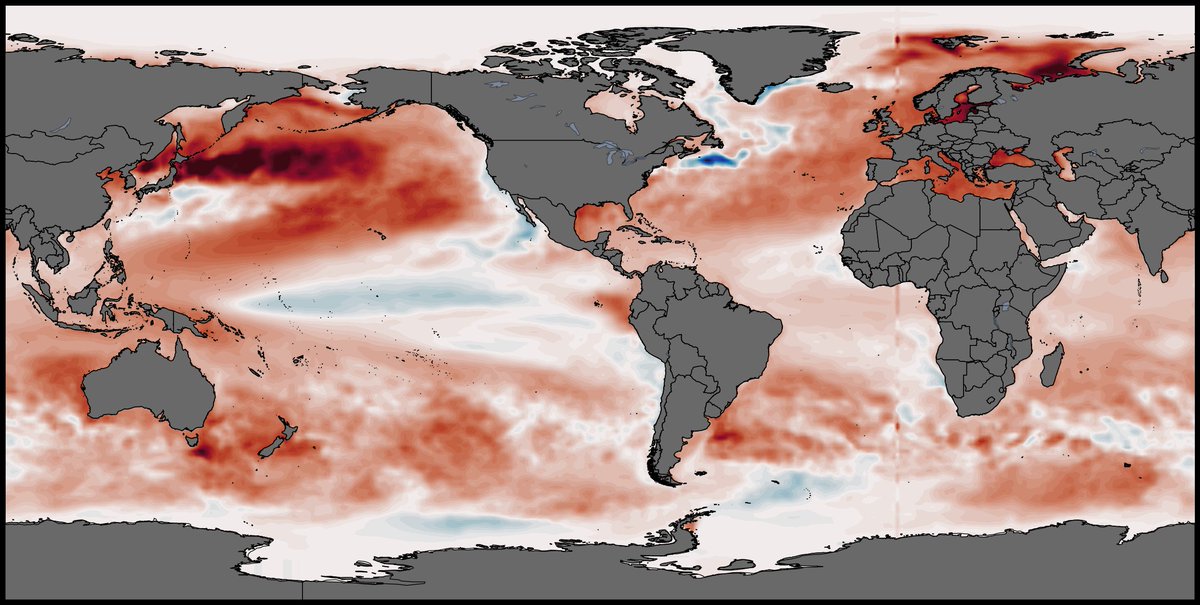Extreme humidity — not just extreme temperatures — will make headlines over the next week as a heat dome develops.
Humidity levels will surge across 40 states and southern Canada, bringing tropical rainforest-like conditions, especially next week 🧵
Humidity levels will surge across 40 states and southern Canada, bringing tropical rainforest-like conditions, especially next week 🧵

What feels humid to one person may not to another, so it’s important to recognize that the stickiness of the air is subjective.
This table describes the humidity level associated with dew point thresholds — and how each feels.
This table describes the humidity level associated with dew point thresholds — and how each feels.

Up to a dozen or more very humid days are expected in many central and eastern states over the next two weeks.
High humidity and temperatures will be driven by above average ocean temperatures in the Gulf and western Atlantic and winds blowing from these areas.
High humidity and temperatures will be driven by above average ocean temperatures in the Gulf and western Atlantic and winds blowing from these areas.

Temperatures are forecast to exceed 90 degrees for around 170 million people across 45 states over the next week. 

NOAA's HeatRisk shows major to extreme heat in the Plains, Midwest, Northeast, Mid-Atlantic and Southeast this weekend into next week.
Extreme, the highest level on the four-tier scale, is described as "rare and/or long-duration extreme heat with little to no overnight relief."
Extreme, the highest level on the four-tier scale, is described as "rare and/or long-duration extreme heat with little to no overnight relief."
Here’s when selected major cities will experience very high or extreme humidity levels and the expected weather impact. 



In today's @washingtonpost: Maps show the cities about to experience extreme humidity and heat.
Find out where there will be excessive heat and humidity — and how humidity patterns are changing.
Gift link 🎁
wapo.st/4lfEc0x
Find out where there will be excessive heat and humidity — and how humidity patterns are changing.
Gift link 🎁
wapo.st/4lfEc0x
• • •
Missing some Tweet in this thread? You can try to
force a refresh




















